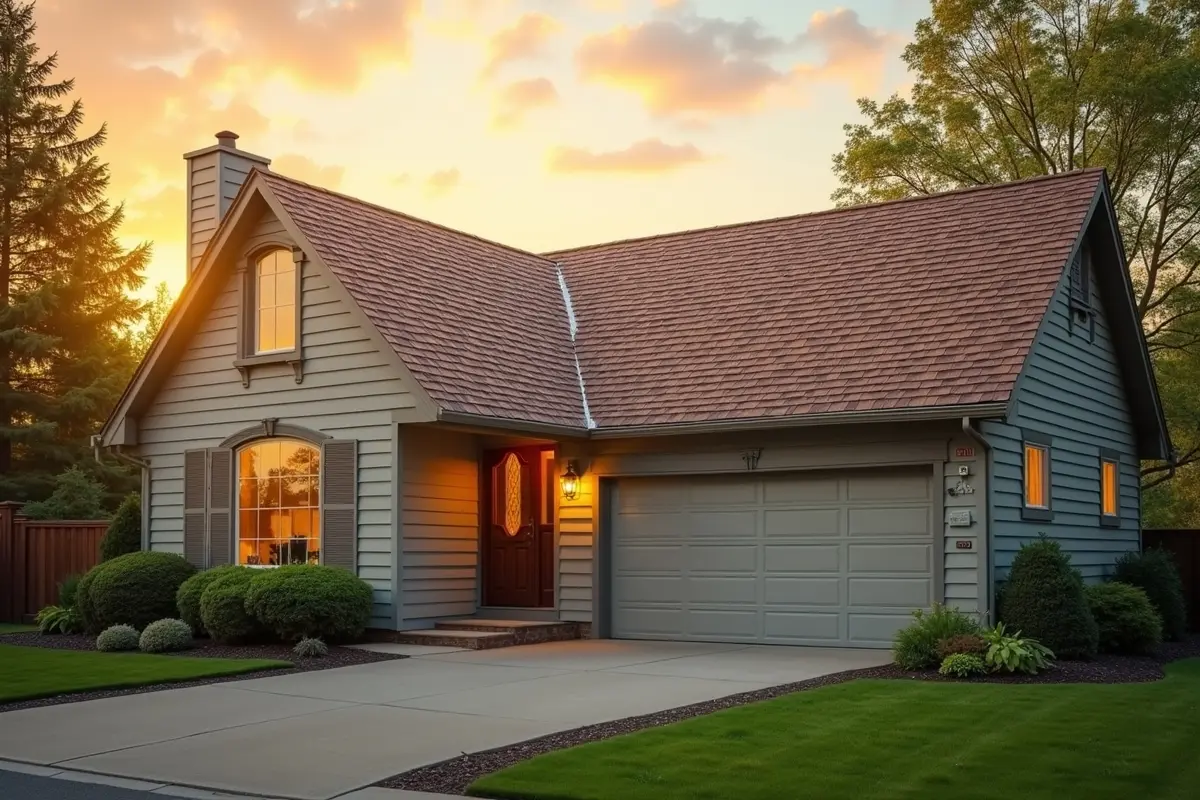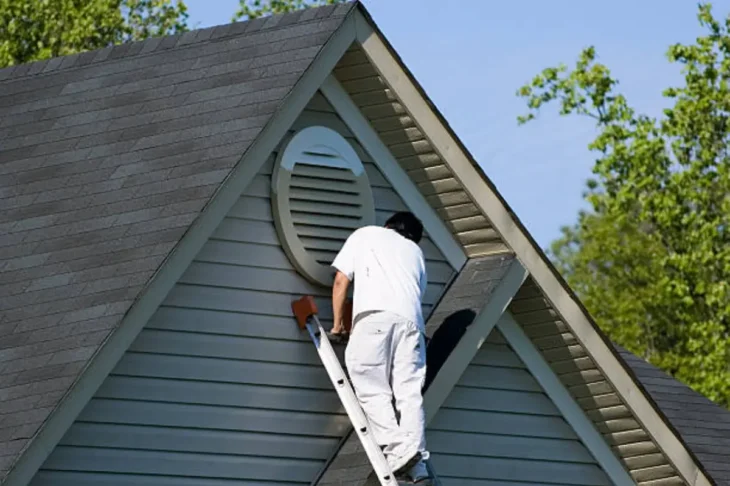
New Roof, New Value: How Installation Affects Resale
Thinking about replacing your roof? Whether you’re planning to sell soon or just weighing up the return on a big-ticket upgrade, there’s one thing you should know: your roof isn’t just a hat for your home. It can have a direct impact on your property’s value and how buyers perceive it.
So let’s talk about what really happens when you install a new roof and how it can affect resale.
First Impressions Start at the Top
Buyers notice the roof before they even set foot inside. It’s part of the curb appeal puzzle, and if it looks aged, patchy, or sagging in places, it sends a clear message: this house might need work. On the flip side, a clean, freshly-installed roof adds instant visual appeal. It says, “This place has been looked after.”
It’s more than just looks, too. A new roof, especially one professionally installed by a reputable provider like https://theexteriordoctor.com/roof-installation-and-replacement/, suggests that the seller has invested in the upkeep of the property. Buyers tend to assume that if the roof is in great shape, other parts of the house probably are, too.
It’s Not Just Cosmetic, It’s Practical
A new roof isn’t only about appearance. It speaks to long-term protection, insulation, and structural reliability. And buyers know that.
Here’s what’s running through a buyer’s mind when they see a new roof:
- No leaks – They won’t have to deal with water damage or surprise stains on the ceiling.
- Lower bills – A well-installed roof improves insulation, which means better energy efficiency.
- No immediate expenses – One less big job to budget for after moving in.
- Less insurance risk – A newer roof could reduce premiums, since the risk of damage is lower.
All of that adds up to peace of mind, which is exactly what you want potential buyers to feel.
It Can Influence the Appraisal
When your home gets appraised as part of the selling process, the roof can have a say in the final number.
A roof in poor condition might be flagged as a concern, especially if it’s nearing the end of its lifespan or has visible issues. That can drag your valuation down, even if the rest of the house is in decent shape.
On the other hand, a recently installed roof ticks a big box for the appraiser. It shows the home is structurally sound and ready for sale without major repairs. That can support a higher appraisal, which in turn allows you to set a more confident asking price.
It Can Make or Break a Sale
Here’s the thing: some buyers will walk away the moment they realise the roof needs replacing.
It’s not always about the cost. For many, it’s the hassle. Roofing projects can be disruptive, noisy, and messy. If someone’s looking for a move-in-ready home, a roof nearing the end of its life is a dealbreaker.
A new roof, on the other hand, can actually seal the deal. It gives buyers fewer reasons to negotiate down the price and more reasons to feel good about their offer.
ROI: Is It Worth It?
Let’s talk numbers. Installing a new roof can be expensive, no doubt about it. But it often pays off in terms of added value; not necessarily dollar for dollar, but through smoother negotiations, fewer concessions, and a faster sale.
Most real estate experts agree that a new roof can return a solid chunk of your investment. In some markets, it might be 60-70%, or more! But the rest of the value shows up in less tangible ways:
- Fewer days on market
- More buyer interest
- Less back-and-forth on repair requests
- Stronger offers right out of the gate
That combination? It’s what sellers dream of.
Not All Roofs Add Equal Value
One thing to keep in mind: buyers (and appraisers) care about quality. So if you’re considering a roof replacement, it’s not just about slapping on new shingles and calling it a day.
The installation has to be done properly. That includes:
- Correct ventilation
- Flashing in all the right places
- High-quality materials suited to your local climate
- Compliance with local building codes
Cut corners, and you could end up with a roof that still causes issues—and actually hurts resale rather than helps it.
What About Partial Repairs?
You might be wondering: do you have to replace the whole thing? In some cases, a partial repair or a fresh layer of shingles might be enough to get you through a sale. But buyers are savvy. If the rest of the roof still looks aged or mismatched, it won’t fool anyone.
If the roof is clearly nearing the end of its lifespan, patchwork jobs tend to raise more red flags than they fix. They say, “this was a quick fix, not a long-term solution.” And that can actually hurt buyer confidence.
So, Should You Do It Before Selling?
There’s no one-size-fits-all answer here. But here’s how to think about it:
- If your roof is more than 20 years old – It’s probably worth replacing if you want to sell at full value.
- If there are visible issues – Think curling shingles, moss, sagging, or water spots—buyers will notice.
- If you’re in a competitive market – A new roof can give your home a serious edge.
- If buyers in your area expect move-in-ready – This becomes less optional and more essential.
If your roof is still in solid shape and doesn’t raise concerns during an inspection, you might not need to do anything. But if it’s questionable? Upgrading it could save you from lower offers and longer time on the market.
The Bottom Line
A new roof isn’t just a line item on a renovation checklist. It changes how buyers see your home, how it gets valued, and how smoothly the sale goes.
If you’re on the fence, think about what you’d want to see if you were buying the place. In terms of adding real value and attracting serious buyers, a new roof is hard to beat.

